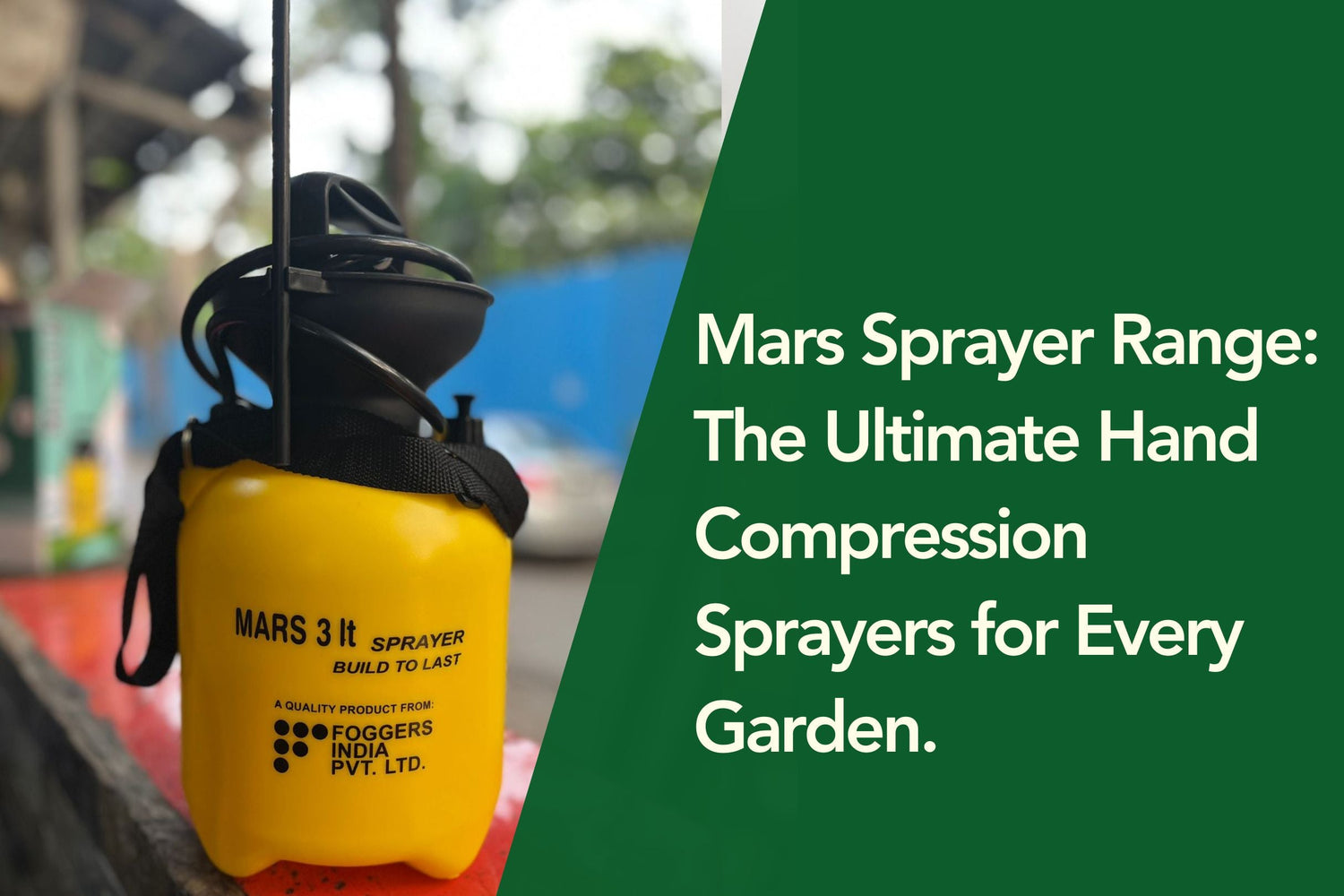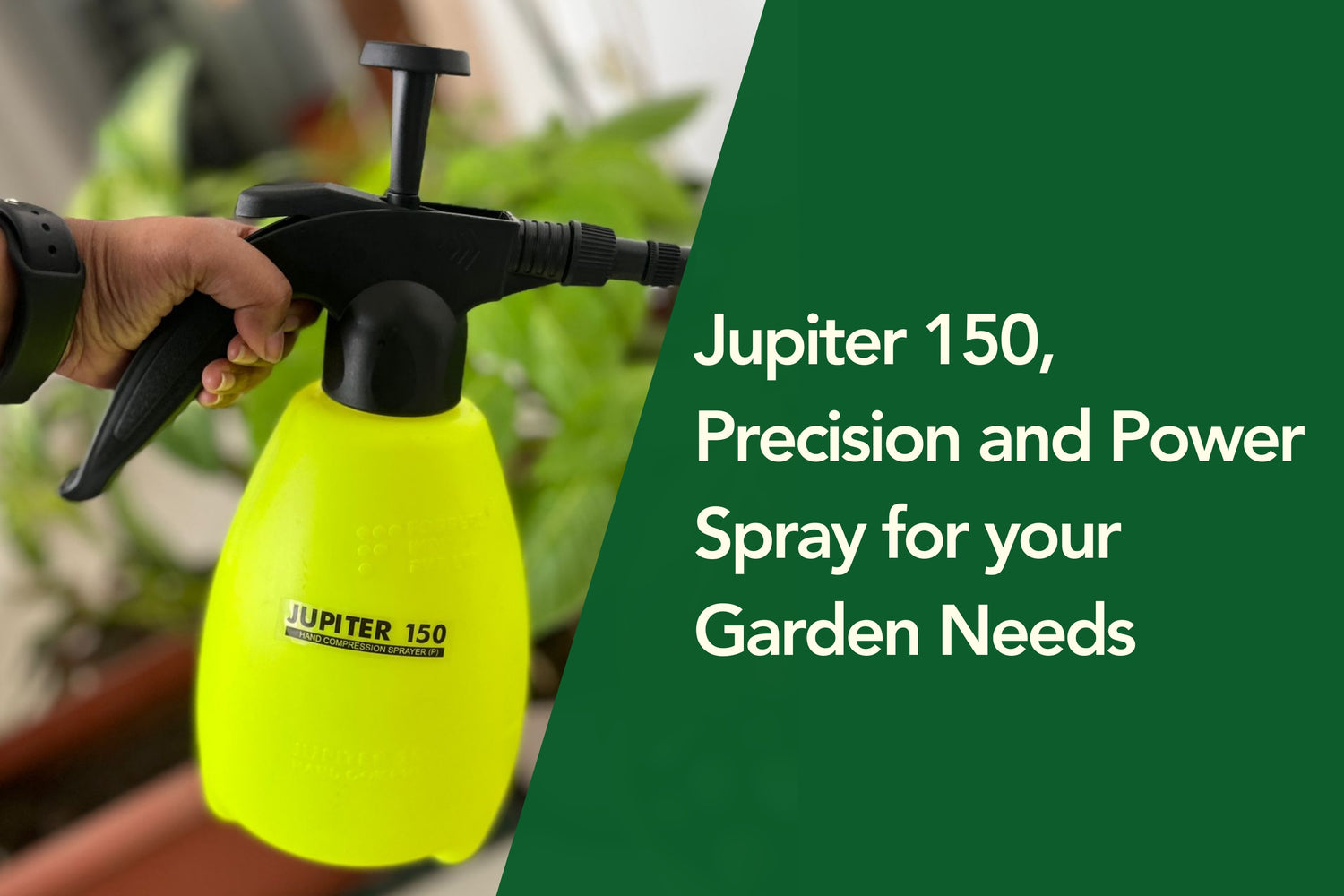August and September are very good months to sow different types of seeds, which will bring out a bountiful harvest. Sow these seeds at least 30 to 40 days prior for maximum growth. This time is given for the germination of seeds and preparation for blooming. Most plants take at least two months prior to blooming.
Various seeds that can be planted in August and September are:
Starting onion seeds indoors 20–30 days before frost gets them off to the races. When seedlings are 6 inches tall, plant them out in the garden. Onions are full-sun worshipers, so place them where they get the full dose of rays, and they will bless you with a nice bulb. Keep them consistently watered to about an inch a week, and weed regularly so they don't have to fight for space. When the tops turn yellow and fall over, you know it's harvest time. Take your onions to a warm, dry place to dry them before storing them.

As for carrots, directly sow those in the garden. Just ensure that those seedlings are planted about 2–3 inches apart. They want full sun and well-drained soil. Keep them moist with about an inch of water per week. Use the mulching technique to retain soil moisture and suppress weeds. Carrots are ready for harvest at maturity, about 60–80 days after planting.

Start cauliflower seedlings indoors 6–8 weeks before the last frost. Once there are 4-6 leaves, take them outside. Cauliflower is fond of cool conditions and well-drained soil. Their roots should be given a deep weekly watering. A little shading is required to protect their heads. A bit of mulch may also be helpful in keeping moisture in the soil. Harvest when the head is firm and compact.

Sow cucumber seeds directly into a garden, spacing them about 18–24 inches apart, following the last frost. These grow while sprawling on the ground, so protect the space with a layer of mulch. Provide a trellis for support, and prune excess growth to allow air circulation. Keep the soil nice and moist with an inch of water every week. Harvest cucumbers, when supported, are firm and green.

Sow directly in the garden after the last frost, or start indoors six weeks ahead of your area's last frost date. Plant these seedlings 6 inches apart. Spinach requires

partial to full sunlight and well-drained, fertile soil. Mulching does wonders here, keeping the soil cool, moist, and weed-free. Water weekly, about an inch, and harvest those leaves while they're young and tender.
Plant pea seeds directly into garden soil about 1-2 inches deep and 2 inches apart. They are vining plants that like the cold. Mulch the soil properly to keep it cool and moist. Water about an inch per week, and harvest when the pods are plump and bright green in colour.

Sow beetroot seeds directly in the garden, 1-2 inches deep and thin to 3-4 inches apart. Weed, mulch, and water about 1 inch per week. Beetroot needs full sun and well-drained soil. Harvest beetroots when the roots are 1-3 inches in diameter.

It's preferable to plant coriander seeds directly in the garden, spaced 6 inches apart. Thriving in full sun, this fast-growing herb should be spread with mulch to keep the moisture in and to keep away the weeds. Water regularly, about 1 inch per week; harvest those leaves while they're young for the best flavour.

Their seeds are best sown directly in the garden after the last frost, spaced at about 2 to 3 inches. They require full sun, whether they are of the climbing or bush type. It's actually best to plant beans in the same way as cucumbers: provide similar support and mulch to conserve moisture. Water at least 1 inch per week. Harvest pods when they are tender and easy to snap off.

Plant the seeds of brinjal indoors around 8–10 weeks prior to the last frost. Move them outdoors when they've got 6–8 leaves. Place them in the full sun and give them warm temperatures. Stakes or cages will keep the plants climbing higher. Watch out for pests getting the upper hand, and water moderately. Harvest when the fruits are glossy and firm.

Direct sow or start lettuce seeds indoors 4-6 weeks before the final frost. Plant the seedlings about 8-12 inches apart. Lettuce adores cool temperatures and well-drained soil, so give it the right conditions. Keep the soil consistently moist, about 1 inch per week. Heads are ready to harvest when tight and full.

Start the seeds of cabbage indoors 6-8 weeks before the final frost. The seedlings can be transplanted when they have 4-6 sets of true leaves. Cabbage grows best in cool weather and well-drained soil. Protect those heads from pests, and mulch to hold in moisture. Water consistently, or about 1 inch weekly, and harvest when heads are firm and dense.

Sow okra seeds directly after the last frost, 1/2 inch deep into the soil and 12 inches apart. These plants enjoy hot weather and well-drained, moist soil. Watch out for pests; mulch to prevent drying. Water is about 1 inch per week. Harvest pods when they are young and tender.

Sow radish seeds directly into garden soil; thin to 1 inch apart. It prefers cool weather. It is perfect for those early spring plantings in well-drained soil. Keep weed-free and mulched to conserve moisture. Water is only enough to keep the soil moist, not constantly wet. Harvest when roots are firm and well developed; that's usually about 20–30 days.

Directly sow ridge gourd seeds into the garden bed and thin to about 2-3 feet. These guys are climbers that like full sun and well-drained soil, so give them something to climb on. Water deeply, about 1 inch per week, and harvest when fruits are young and tender.

Directly sow the sponge gourd seeds into a garden about 2–3 feet apart. They are heat lovers, requiring full sun to thrive. Provide a trellis for vines to climb and watch out for insects. Water deeply, but about 1 inch per week. Harvest them young and tender, and add them to your favourite dishes.

Sow bottle gourd seeds directly into the garden, spacing them 2-3 feet apart. Since they are climbers, plantings should be in full sun and well-drained soil. Train and stake those vines to keep them in line. Water deeply, about 1 inch per week, and harvest when fruits are young and tender.

Plant snake gourd seeds right in garden soil, 2-3 feet apart. They are climbers that require full sun and well-drained soil. Provide them with a trellis or something to cling to. Look out for insects and water deeply to approximately 1 inch per week. Harvest those beauties when they're young and tender.

Sow the seeds of a bitter gourd right in the garden soil after the last frost, spacing them out 2-3 feet apart. For best germination, soak the seed in water overnight. It is a very vigorous vine requiring a warm climate, full sun, and well-drained, nutrient-rich soil. Give proper support to those climbing vines and provide deep and constant watering; that is, water about 1 inch per week. Water only at the base. This keeps the leaves dry. Harvest bitter gourds while they are tender and green in colour, about 12-16 weeks after sowing.

Start tomato seeds indoors 6-8 weeks before the last frost, and transplant them after they have developed 2-3 true leaves. Tomatoes are warmth- and good drainage-loving plants that grow in bushes or vines. Stake or cage these plants and note for regular inspection for pests and diseases. Ensure deep and regular watering to a depth of about 1 inch a week. Harvest when fully ripe and red,

Sow corn seeds directly into the garden, spacing them 12 inches apart. Corn is a very tall-growing plant, so it will need that full sun to max out its height. Apply mulch for moisture retention and to keep those weeds at bay. Make sure plants are watered regularly, about 1 inch per week. Then harvest your corn when the ears are full, and the kernels are milky.

Conclusion
For the best gardening and to have an achievement in August and September, you have to plan. Choosing Bombay Seeds ensures that you're investing in high-quality, organic seeds that guarantee robust and healthy crops. With a rich collection of seeds for every style of gardener, Bombay Seeds easily stands out as your premier source for organic vegetable seeds. Their commitment to sustainability and cultivation excellence makes them a trusted partner for both novice and seasoned gardeners. Check their website today to find out about their wide range of seeds, and begin your gardening journey with the best quality seed.







